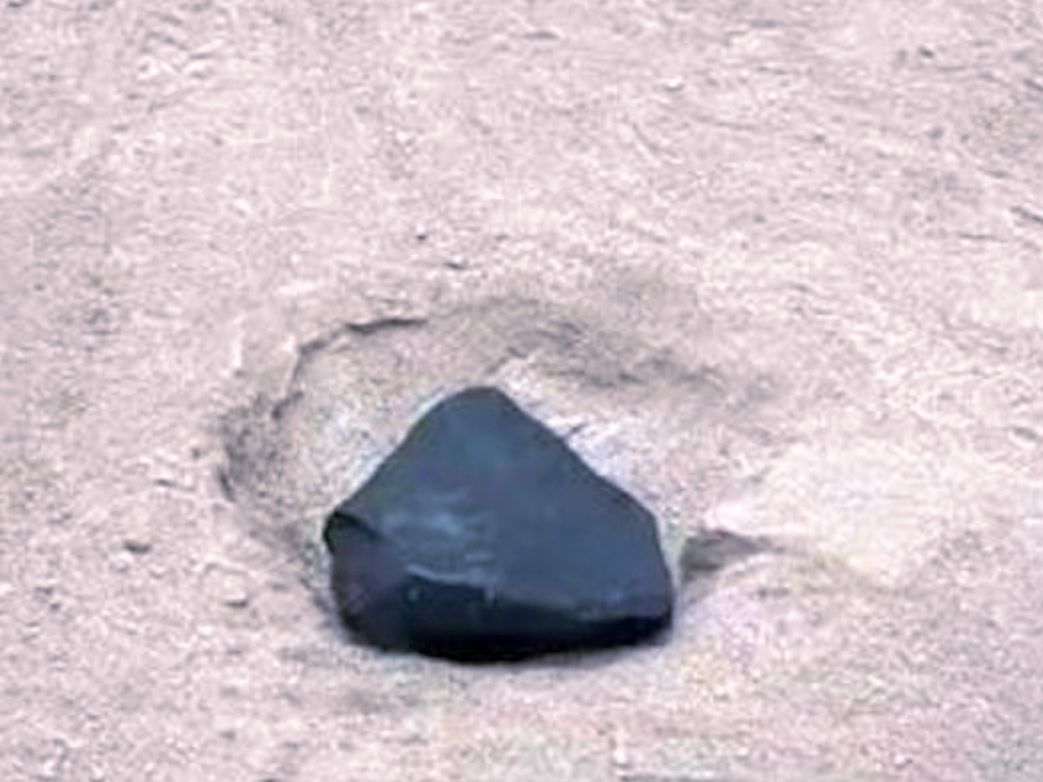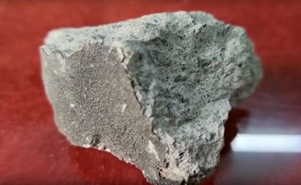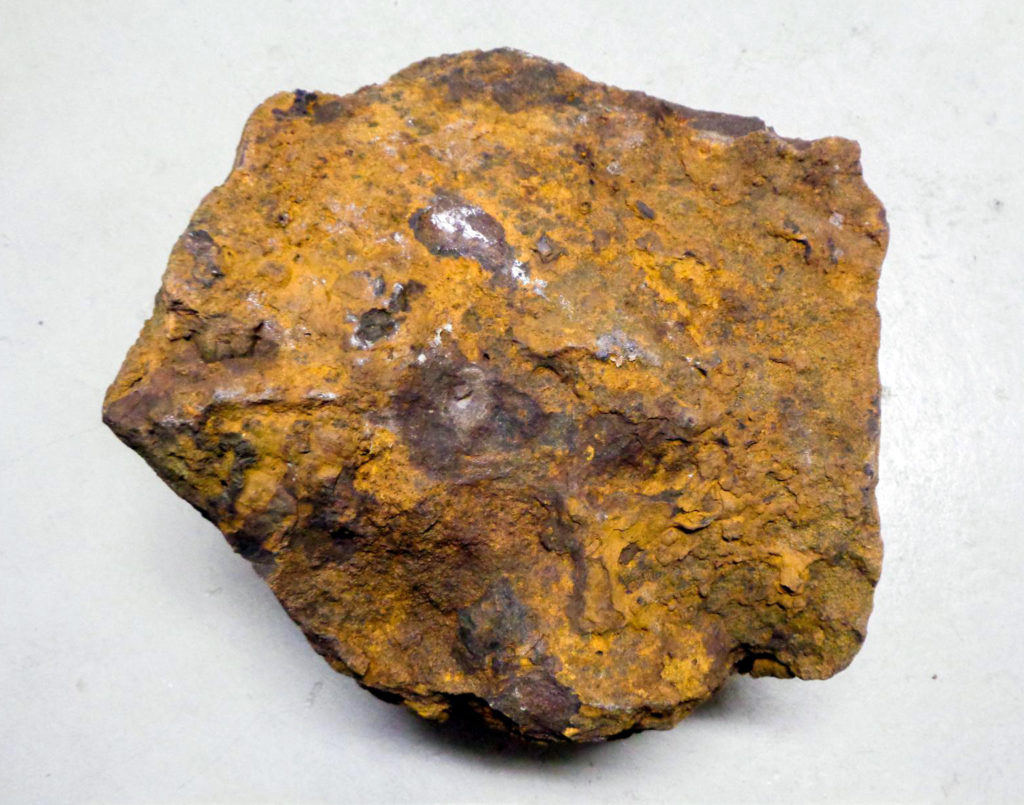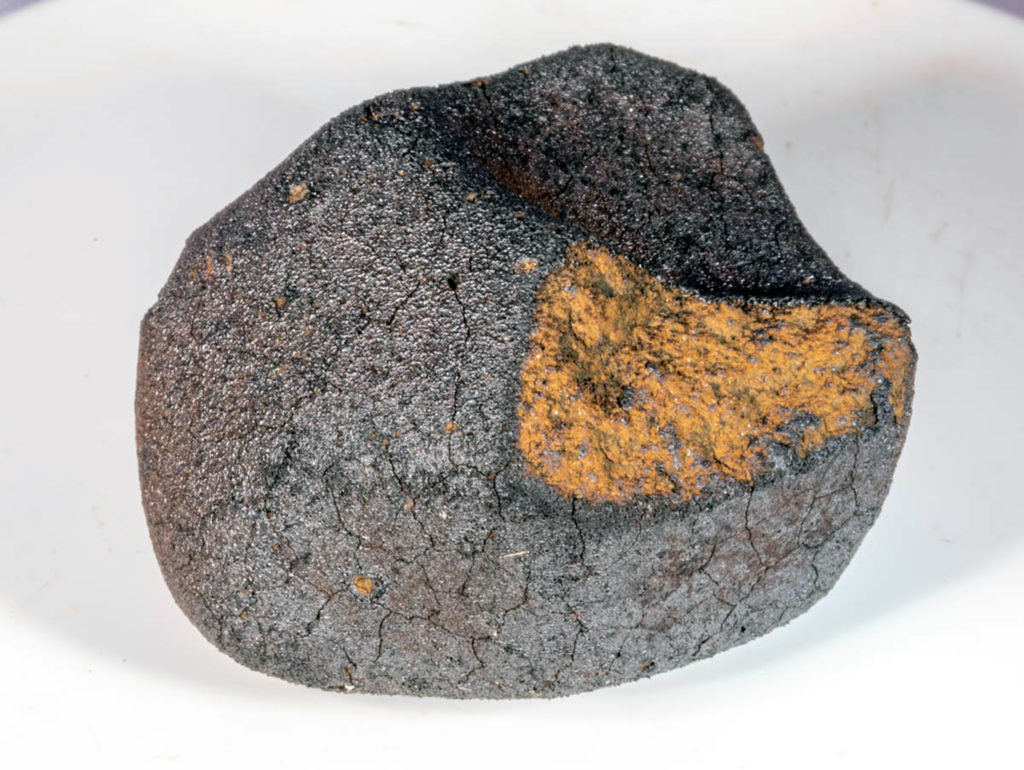The May 7, 2023, El-Hakimia, Algeria, Fireball: First Meteor Characterization Using Infrasound and Seismic Sensors
Zineddine Bouyahiaoui, Lotfi Yelles Chaouche, Fethi Semmane, Christoph Pilger, Khalil Daiffallah, Yassine Damerdji, Samir Nait Amor, Rabah Ikhlef, Amina Boulkaboul, Djounai Baba Aissa, Fethia Kerrache, Ghoulam Imad Eddine Boudiba, Hamoud Beldjoudi, Chafik Aidi & Redouane Chimouni
Pure and Applied Geophysics, Published: 03 May 2025
“On the night of May 7, 2023, an impressive fireball was observed in the Algerian sky. The fireball’s fragmentation occurred at 23 h 00 m 07 s UTC, as indicated by the time recorded by a surveillance camera. This resulted in the generation of a shockwave that was detected by multiple local and regional ground-based seismic and infrasound sensors. The event was located in El-Hakimia, a locality situated about 100 km southeast of Algiers, at an altitude of 35 ± 0.6 km. Fourteen seismic stations were utilized to plot isochrones, which illustrate the ESE-WNW trajectory and velocity of the shock wave at the moment of fragmentation and towards the end of its course. The energy of the explosion was estimated at 0.178 ± 0.014 kilotons of TNT based on the analysis of the Algerian network and International Monitoring System infrasound data. This estimation yielded a possible mass range between 0.598 ± 0.048 tons and 14.946 ± 1.216 tons, contingent on the composition and velocity of the bolide. This leads to an estimated diameter range from 0.267 to 1.111 m. In terms of energy, this bolide belongs to a class of meteors that do not exceed 30 objects per year.”
































